List of Previous Governors - RBI - Reserve Bank of India
List of Previous Governors
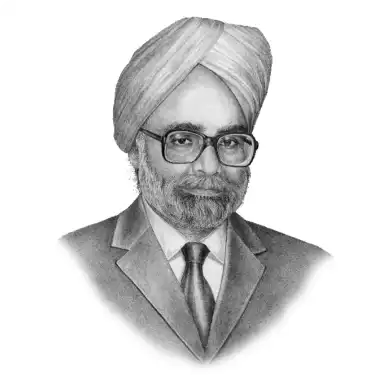
Dr. Manmohan Singh
- Sep 16, 1982 - Jan 14, 1985
Dr Manmohan Singh, academic and administrator, had served as Secretary Finance as well as Member Secretary of the Planning Commission prior to his appointment as Governor,
During his tenure comprehensive legal reforms were carried out related to the banking sector and a new chapter introduced in the Reserve Bank of India Act and the Urban Banks Department was set up.
After his tenure in the Bank, he served in various capacities before being appointed Finance Minister. His tenure as Finance Minister was notable for the fact that he heralded in liberalisation and comprehensive reforms in India.
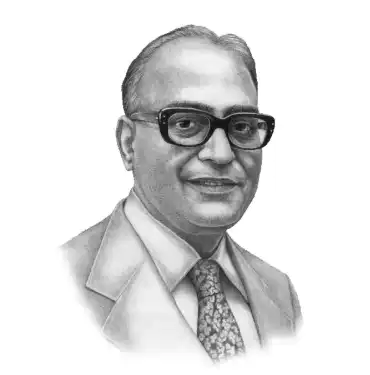
Dr. I.G. Patel
- Dec 1, 1977 - Sep 15, 1982
Dr. I G Patel an economist and administrator, joined the Reserve Bank as Governor after serving as Secretary in the Ministry of Finance and thereafter at the UNDP.
His tenure witnessed the demonetisation of high denomination notes as well as the "gold auctions" conducted by the Bank on behalf of Government of India. During his tenure six private sector banks were nationalised, targets for priority sector lending introduced, and the Deposit Insurance and Credit Guarantee Corporations were merged, and a Departmental reorganisation was undertaken in the Bank. He played an active role in availing of the IMF's Extended Fund Facility in 1981 due to balance of payments difficulties. This represented the largest arrangement in IMF's history at the time.
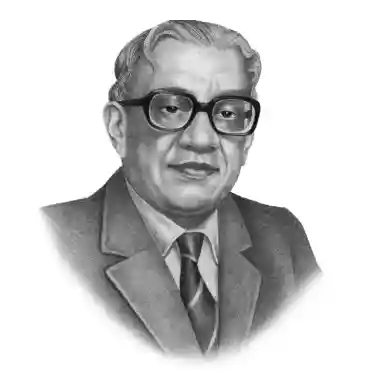
Shri M. Narasimham
- May 2, 1977 - Nov 30, 1977
M Narasimham was the first and so far the only Governor to be appointed from the Reserve Bank cadre, having joined the Bank as a Research Officer in the Economic Department. He later joined the Government and prior to his appointment as Governor he served as Additional Secretary, Department of Economic Affairs.
He had a short tenure of seven months. He later served as Executive Director for India at the World Bank and thereafter at the IMF after which he served in the Ministry of Finance as Secretary. He was chairperson of the Committee on the Financial System, 1991 and the Committee of Banking Sector Reforms, 1998.
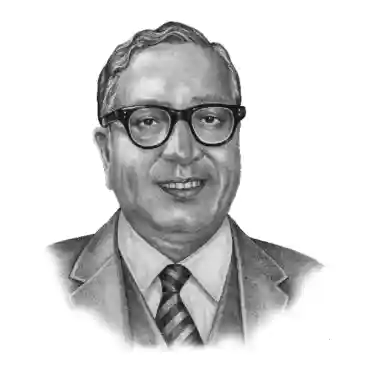
Shri K.R. Puri
- Aug 20, 1975 - May 2, 1977
K R Puri served as the Chairman and Managing Director of the Life Insurance Corporation of India before his appointment as Governor.
During his tenure, Regional Rural Banks were set up; the Asian Clearing Union commenced operations; the twenty point economic programme was announced and operationalised and a new money supply series introduced.
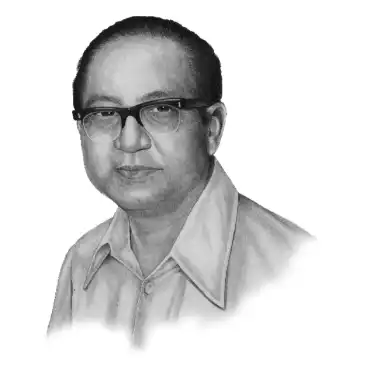
Shri N.C. Sen Gupta
- May 19, 1975 - Aug 19, 1975
| N C Sen Gupta was appointed Governor for three months till K R Puri could assume office. Prior to his appointment as the Governor, he was working as Secretary to the Department of Banking of the Ministry of Finance. |
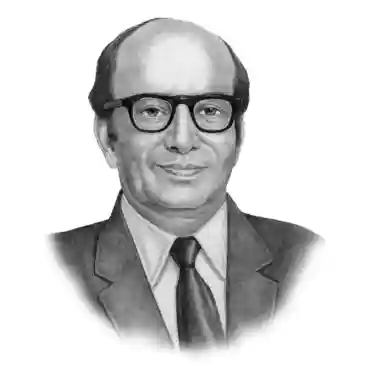
Shri S. Jagannathan
- Jun 16, 1970 - May 19, 1975
| S Jagannathan was a member of the Indian Civil Service. He had served with the Central Government and thereafter as India's Executive Director at the World Bank, prior to being appointed as the Governor. His tenure of office was characterised by a very active monetary policy in the wake of unprecedented inflation in the country following the oil shock, an exponential expansion of banking offices in pursuance of one of the important objectives of nationalisation; the establishment of Credit Guarantee Corporation of India, the setting up of State Level Bankers' Committees and the shift to floating rates regime. He relinquished office to take up the post of the Indian Executive Director at the IMF. |
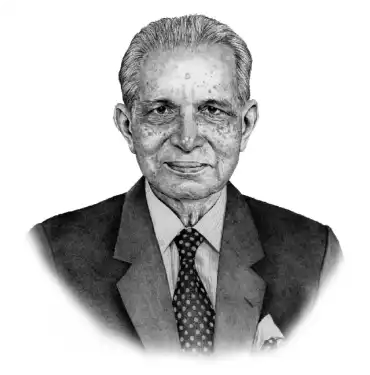
Shri B.N. Adarkar
- May 4, 1970 - Jun 15, 1970
B N Adarkar held the post of Governor during the interregnum till S Jagannathan could take over as Governor.
He was a professional economist and served for many years in the office of the Economic Adviser of the Government of India and also held important positions in the Ministry of Commerce & Industry prior to his appointment as the Deputy Governor of the Bank.
He also served as India's Executive Director at the IMF and as Deputy Governor, he played an active role in the establishment of the National Institute of Bank Management.
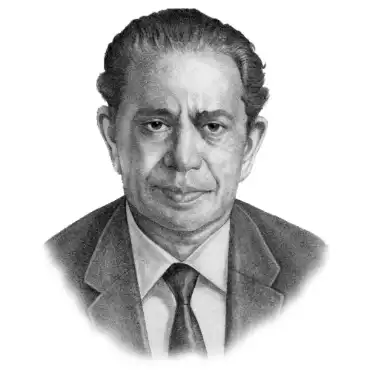
Shri L.K. Jha
- Jul 1, 1967 - May 3, 1970
| L K Jha, a member of the Indian Civil Service, served as Secretary to the Prime Minister, prior to his appointment as Governor. During his tenure, social controls over commercial banks were introduced as an experiment in 1968, as a part of which a National Credit Council was established. Shortly thereafter, 14 major commercial banks were nationalised in 1969, a step which did not have the endorsement of the Reserve Bank. Amongst other developments, gold controls were brought on a statutory basis; Deposit Insurance was in principle extended to Cooperative banks; the Lead Bank Scheme was introduced to facilitate credit delivery, and the setting up of the Agricultural Credit Board.L K Jha was appointed India's Ambassador to the United States in May 1970 prior to the completion of his term as Governor. |
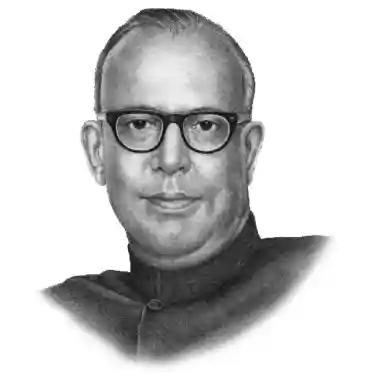
Shri P.C. Bhattacharyya
- Mar 1, 1962 - Jun 30, 1967
P C Bhattacharya, a member of the Indian Audit and Account Service, served as Secretary in the Finance Ministry and later as Chairman of the State Bank of India prior to his appointment as Governor.
His tenure saw the establishment of the Industrial Development Bank of India (1964), and the establishment of the Agricultural Refinance Corporation (1963) and the Unit Trust of India (1964).
Other developments were the introduction of the Credit Authorisation Scheme as an instrument of Credit Regulation, the devaluation of the Rupee in 1966, with a package of measures including import liberalisation and elimination of export subsidies.
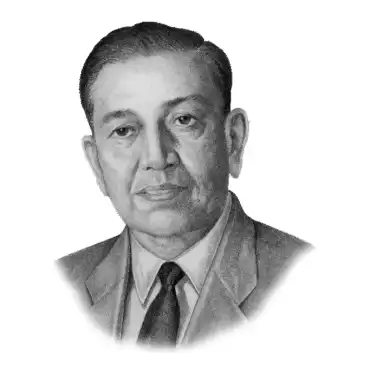
Shri H.V.R. Iengar
- Mar 1, 1957 - Feb 28, 1962
| H V R Iengar, a member of the Indian Civil Service, served for a brief while as the Chairman of State Bank of India, before being appointed as the Governor of the Reserve Bank. His tenure witnessed India's shift to decimal coinage from the earlier system. The period saw conscious efforts to consolidate the banking industry. The Bank acquired powers in September 1960 to enforce amalgamations and delicensing of banks. The Bank was also active in catalysing medium term lending to industry by commercial banks by invoking the concept of refinance which led to the establishment of the Refinance Corporation for Industry Ltd. Deposit Insurance for bank deposits was introduced in 1962 making India one of the earliest countries to experiment with Deposit Insurance. In the sphere of monetary policy, the variable cash reserve ratio was used for the first time as were the selective credit controls. |
* After the death of Sir James Taylor, Shri C. D. Deshmukh, under the Ordinance issued by the Government of India, Legislative Department, New Delhi, exercised the Governor’s powers and functions from February 22, 1943 to August 10, 1943.
















